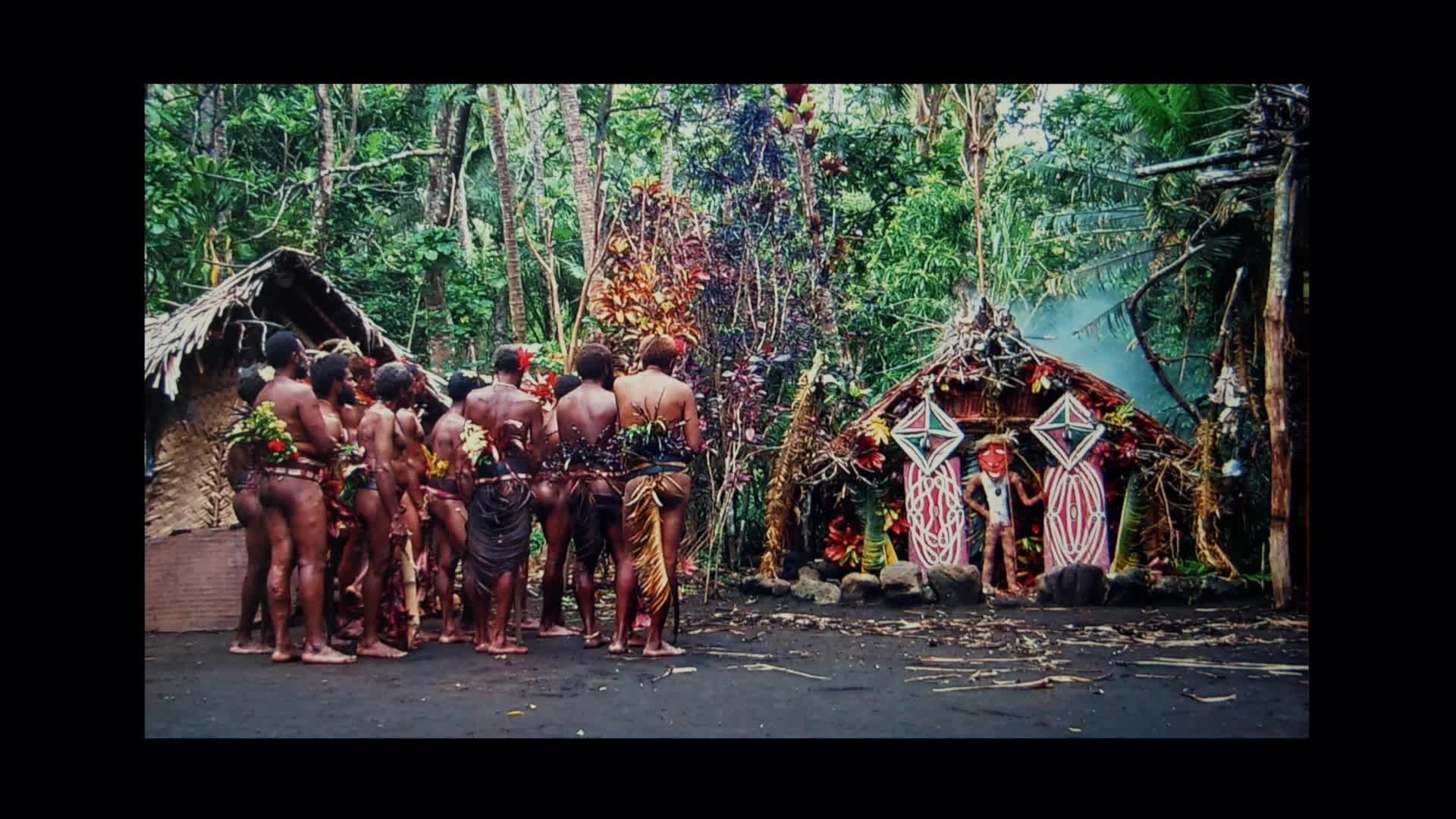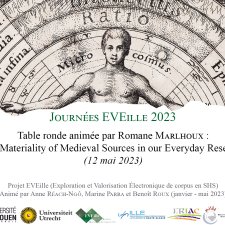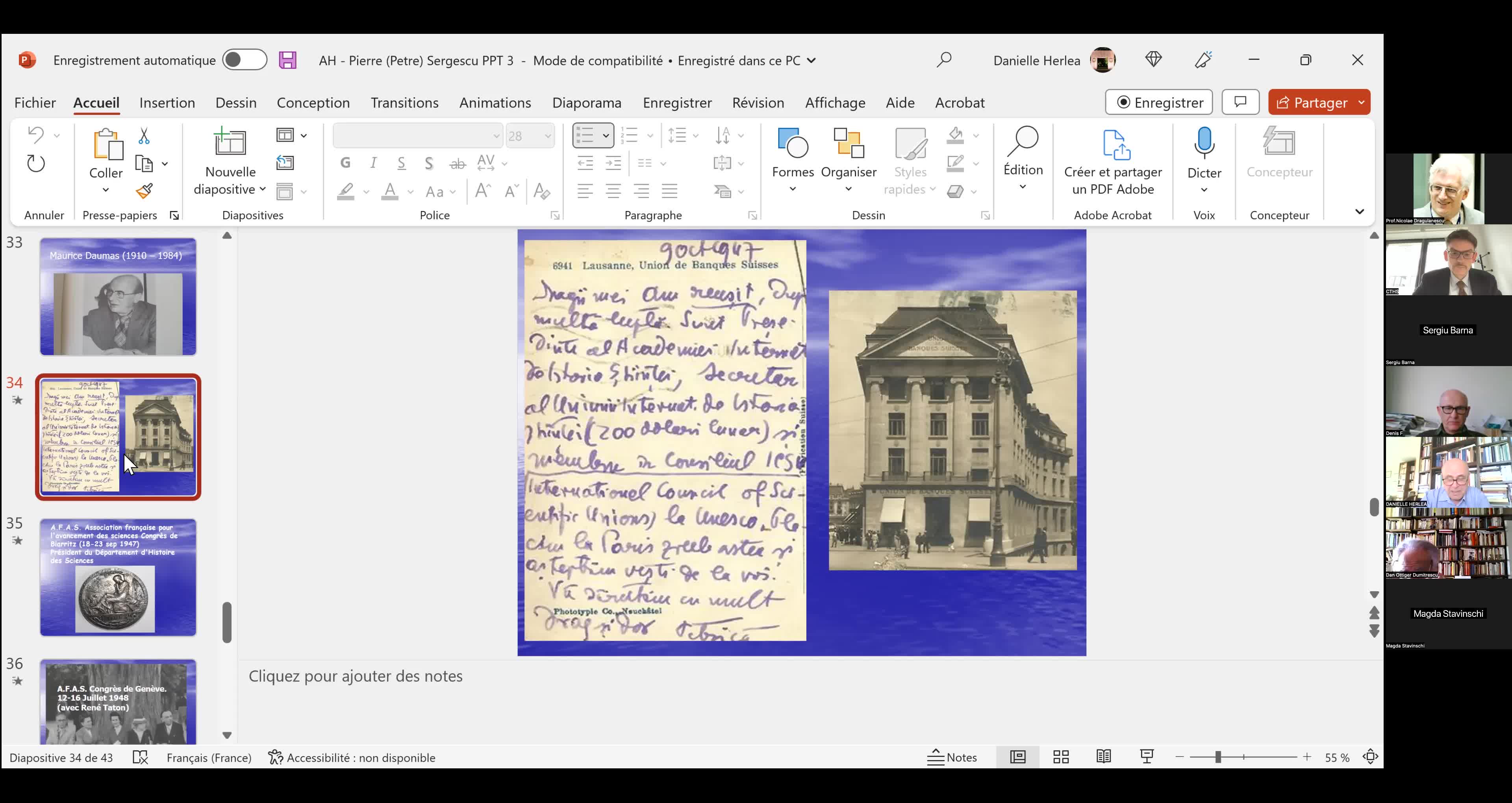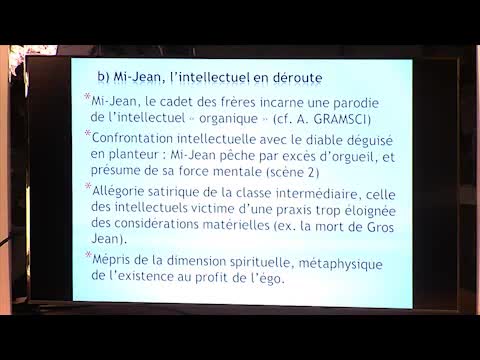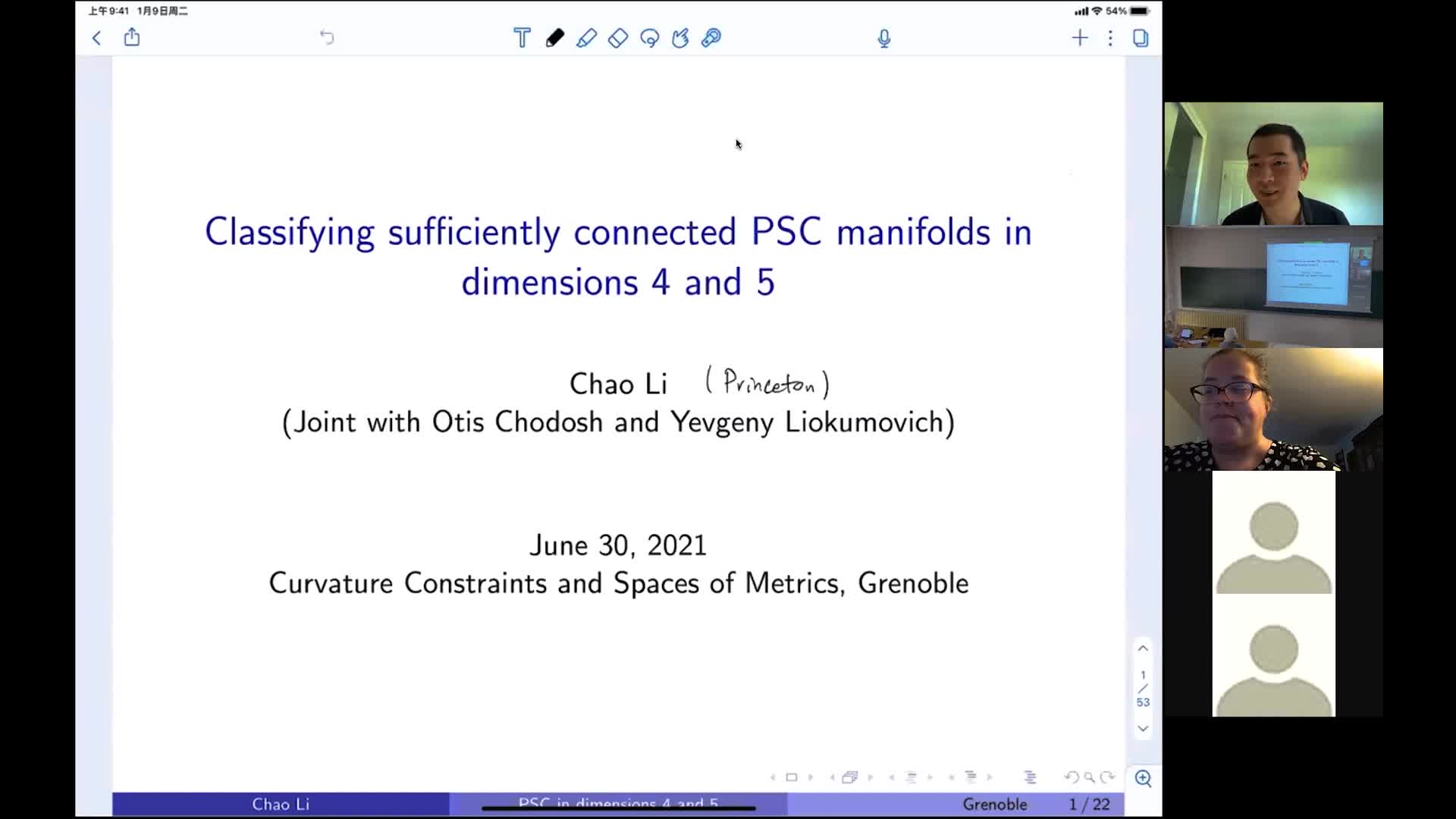Notice
Alan Turing, génie méconnu
- document 1 document 2 document 3
- niveau 1 niveau 2 niveau 3
Descriptif
Alan Mathison Turing est un mathématicien britannique auteur de l’article fondateur de la science informatique.
Il est à l’origine de la formalisation des concepts d’algorithme et de calculabilité.
Durant la Seconde Guerre mondiale, il a dirigé les recherches de décryptage des codes secrets générés par la machine Enigma utilisée par les allemands.
Il a travaillé sur un des tous premiers ordinateurs, puis a contribué au débat sur sur la capacité que pourraient avoir les machines à penser et sur la fabrication d’un cerveau artificiel auquel on donnera le nom d’« intelligence artificielle ». Vers la fin de sa vie, il s’est intéressé à des modèles de morphogenèse du vivant conduisant aux « structures deTuring ».
Persécuté pour son homosexualité, il évite la prison en choisissant la castration chimique.
Il se suicide le 7 juin 1954 par empoisonnement au cyanure
Sur le même thème
-
Tuan Ta Pesao : écritures de sable et de ficelle à l'Ile d'Ambrym
VandendriesscheEricCe film se déroule au Nord de l’île d’Ambrym, dans l’archipel de Vanuatu, en Mélanésie...
-
Multilinguality and data access: an area studies librarian’s perspective
WagnerCosimaMultilinguality and data access: an area studies librarian’s perspective
-
The Materiality of Medieval Sources in our Everyday Research
MarlhouxRomaneRosenbergováSabinaSaarOrtal-PazJaskiBart(Mai 2023) [Version française en dessous de la version anglaise]
-
"Le mathématicien Petre (Pierre) Sergescu, historien des sciences, personnalité du XXe siècle"
HerléaAlexandreAlexandre HERLEA est membre de la section « Sciences, histoire des sciences et des techniques et archéologie industrielle » du CTHS. Professeur émérite des universités, membre effectif de l'Académie
-
L'envers du décor: rhéthorique visionnaire et instrumentalisation politique dans l'art dramatique d…
LefrançoisFrédéricBerthetDominique"L'envers du décor: rhéthorique visionnaire et instrumentalisation politique dans l'art dramatique de Derek Walcott" Journée d'étude : "Créations, pouvoir et contestation en Caraïbe"
-
Webinaire sur la rédaction des PGD
LouvetViolaineRédaction des Plans de Gestion de Données (PGD) sous l’angle des besoins de la communauté mathématique.
-
Alexandre Booms : « Usage de matériel pédagogique adapté en géométrie : une transposition à interro…
« Usage de matériel pédagogique adapté en géométrie : une transposition à interroger ». Alexandre Booms, doctorant (Université de Reims Champagne-Ardenne - Cérep UR 4692)
-
C. Li - Classifying sufficiently connected PSC manifolds in 4 and 5 dimensions
LiChaoIn this talk, I will discuss some recent developments on the topology of closed manifolds admitting Riemannian metrics of positive scalar curvature. In particular, we will prove if a closed PSC
-
J. Wang - Topological rigidity and positive scalar curvature
WangJianIn this talk, we shall describe some topological rigidity and its relationship with positive scalar curvature. Precisely, we will present a proof that a complete contractible 3-manifold with
-
T. Ozuch - Noncollapsed degeneration and desingularization of Einstein 4-manifolds
OzuchTristanWe study the noncollapsed singularity formation of Einstein 4-manifolds. We prove that any smooth Einstein 4-manifold close to a singular one in a mere Gromov-Hausdorff (GH) sense is the result
-
D. Tewodrose - Limits of Riemannian manifolds satisfying a uniform Kato condition
TewodroseDavidPresentation of a joint work with G. Carron and I. Mondello where we study Kato limit spaces.
-
A. Mondino - Time-like Ricci curvature bounds via optimal transport
MondinoAndreaThe goal of the talk is to present a recent work in collaboration with Cavalletti (SISSA) on optimal transport in Lorentzian synthetic spaces. The aim is to set up a “Lorentzian analog” of the


